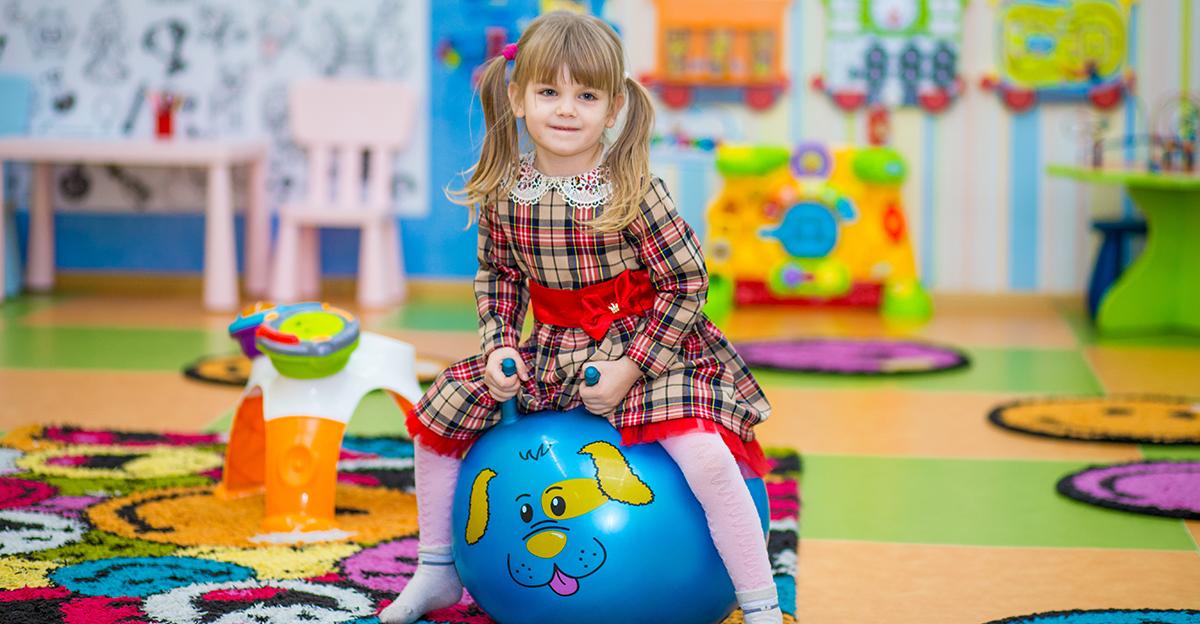Why Students Need Active Learning Spaces
Contrary to traditional classroom practices, research is confirming what classroom teachers have long suspected – that reducing recess time and physical activity during a school day is having a negative impact on a student’s ability to learn. Research is proving that physical movement influences attention, organization, vision, speech, balance, and coordination. It also enhances focus, memory, and cognitive flexibility – the tools needed for improving academic performance.
In the past, children entered the educational system at the age of five, when their minds flourished with the combination of active play, individual discovery, and creativity. But something happened as they progressed to upper grades. The traditional educational discipline required them to quietly sit for long periods and to focus on teacher-led lessons. Learning spaces were also rigid, with rows of desks and uncomfortable chairs. But today, educational methods are evolving as students are required to enter the workforce in the global, high-tech economy.
The 5 Cs of a Modern Education Experience
The framework for learning in the 21st century is made up of five building block skills:
- Collaboration
- Creativity
- Critical Thinking
- Communication
- Character Building
In order to encourage these skills, learning spaces are evolving and purposefully developed with these building blocks in mind. Structured rows of desks are being replaced with more common spaces that encourage collaboration. Teacher-led activities are being replaced with opportunities for “hands-on”, student-driven activities. The movement of students between areas for individual, small group and large group learning has impacted classroom design. New mobile desks, tables and chairs and wireless technology offer flexibility so spaces can be reconfigured in minutes.
4 Ways to Create an Active Learning Environment
These changes are driving some interesting trends that need to be considered as we redesign our learning spaces for student success. Consider how each of these might help your students to grow their collaborative, creative, critical thinking, communication, and character-building skills.
1. Movement Furnishings
Stability Balls & Movement Seating – Sitting on a stability ball or ball chair encourages focus, as well as strengthens core muscles that are important for proper posture. A stability ball allows a student to roll side to side or back and forth, providing the movement their sensory systems crave without disrupting other students. Movement seating and movement stools are designed to rock gently back and forth and side to side while also being able to fit under desks and tables.
Stand-Up Desks & Workstations – Allowing students to change their position from sitting to standing can also offer benefits. Standing to work at a desk allows a person to move “at will” in any direction. Specially designed desks that can be individually adjusted at a moment’s notice are ideal, but providing several stand-up desks in a classroom that students can migrate to is also a viable solution. Newly designed, stand-up desks with a moveable footrest bar allow fidgety students the ability to move their feet and legs in a rocking motion.
Treadmill Desks – Adding aerobic activity to a stand-up desk, treadmill desks provide the physical need to move while taking academic instruction. While this is becoming a trend in office design, some manufacturers of school furniture are experimenting with similar methods.
2. Shaped Desks and Mobile Furnishings
Incorporating desks, tables and seating with casters offers instant adaptability within a learning space. As students change daily activities from individual to partner learning to group settings, mobile furnishings that can be easily rearranged are the perfect solution. Flexible collaboration desks with shaped tops that fit together like puzzle pieces offer the flexibility of creating zonal areas for small or large group activities. For example: creating a U-shaped large group set up is perfect for presentations, while clusters of 2-5 desks offer collaborative areas for small group projects.
3. Indoor and Outdoor Common Areas
Thanks to wireless technology and handheld devices, there are fewer barriers to learning in any setting. Learning can be extended beyond the traditional classroom and even to outdoor spaces. School districts are getting creative as they create collaborative, common areas. Large hallways are being redesigned as collaborative zones for group projects. Media center shelving and traditional furnishings are being replaced with additional soft seating for small group meetings and research activities. Cafeterias are becoming more multipurpose, with bistro areas and booth seating. And where weather permits, outdoor common spaces are being utilized as “nature zones,” complete with gardens and all-weather furniture. Learning need not be limited by location in modern learning environments. Not only should the children have the chance to stretch their legs, but their interests will be piqued, heightening their propensity to absorb whatever lesson comes next.
4. Zone Designs for Large Spaces
Setting up learning zones within classrooms, media centers, cafeterias, and large common areas allows students to move from area to area as activities change during the day. Creating zones in multipurpose areas and classrooms also allow students a range of choices as their tasks change. Enclosed or “cave” zones with beanbag chairs or club chairs provide a quiet zone for individual study. “Campfire,” or collaborative, areas purposefully attract small groups of students as they gather to discuss projects or share information. The analogy of a “watering hole” zone is accomplished with the right furnishings for the purpose of informal social interaction. You’ll notice these spaces furnished with bistro tables and booth seating in hallways, cafeterias, and outdoor common areas.
Modern Learning Space Furniture & Supplies Online
Ongoing research is being conducted on the benefits of classroom furnishings that allow student movement and collaboration, the cornerstone of modern learning pedagogy. New design trends backed by research point to the selection of mobile, flexible furniture that can be adapted to create fluid, multipurpose spaces for large groups, small teams, or individual learning activities.






Leave a Reply